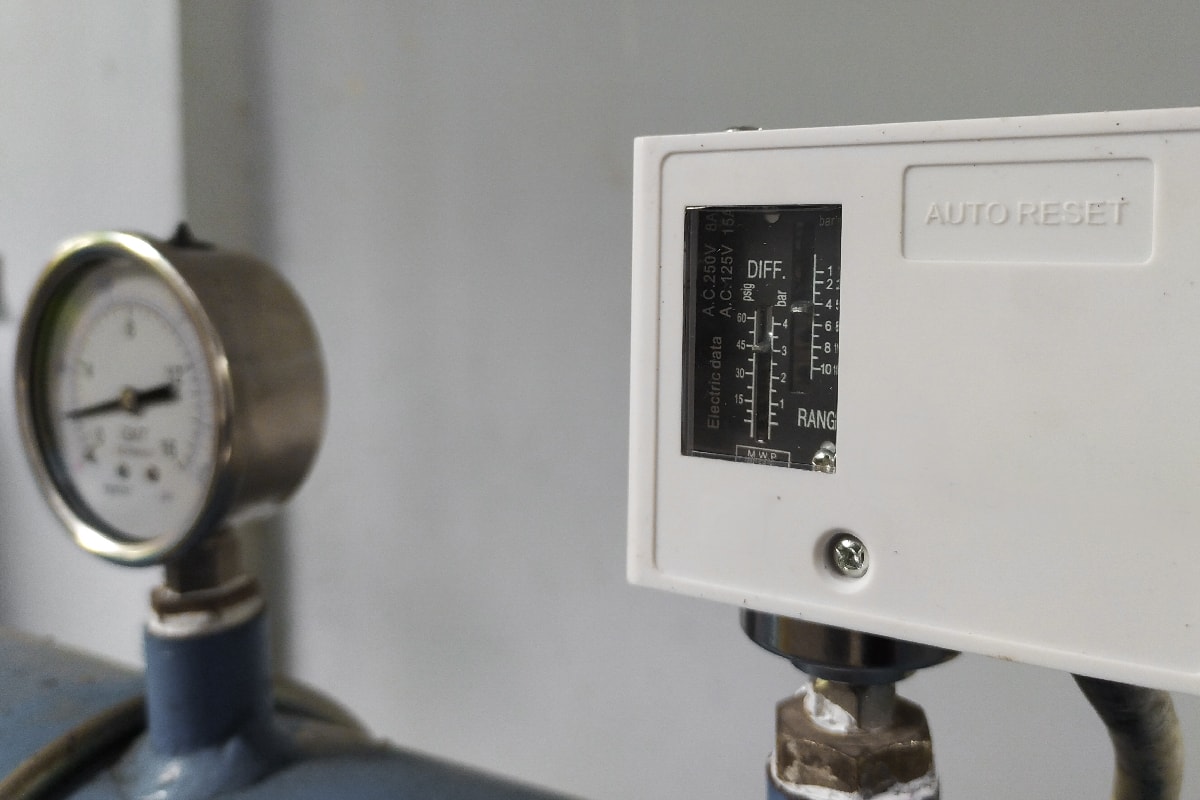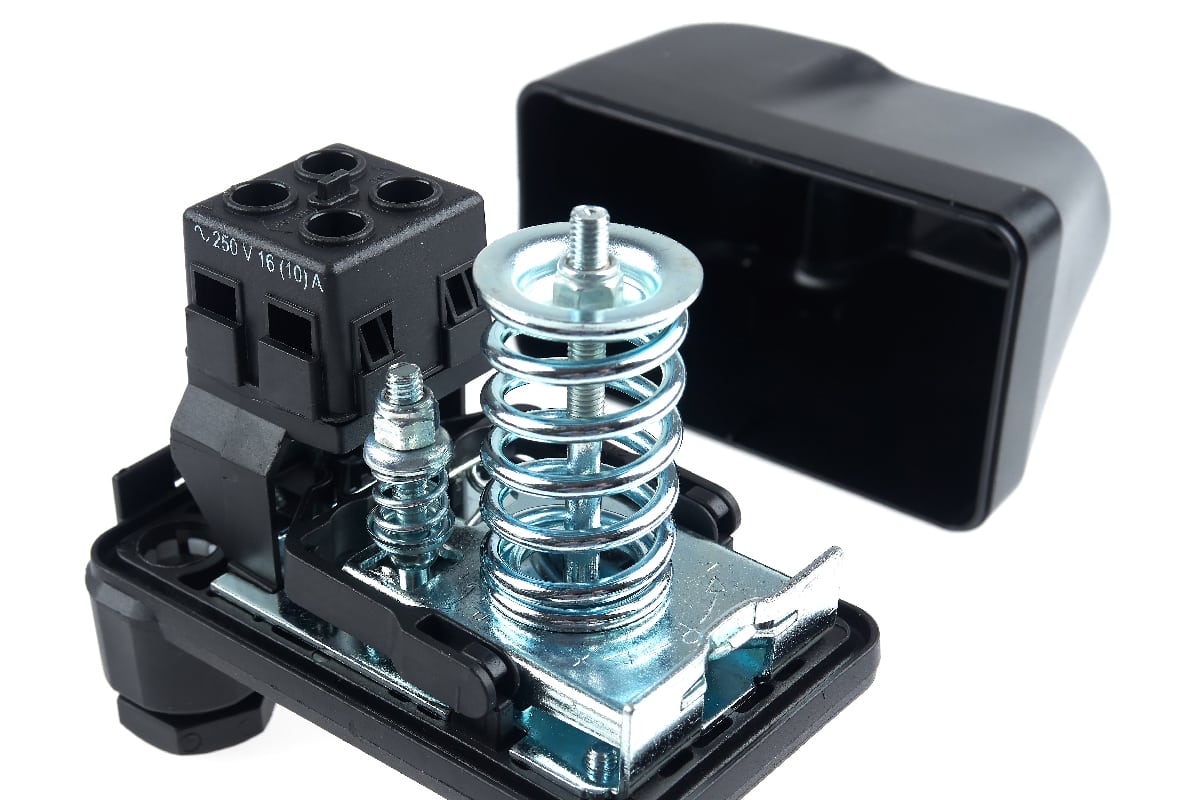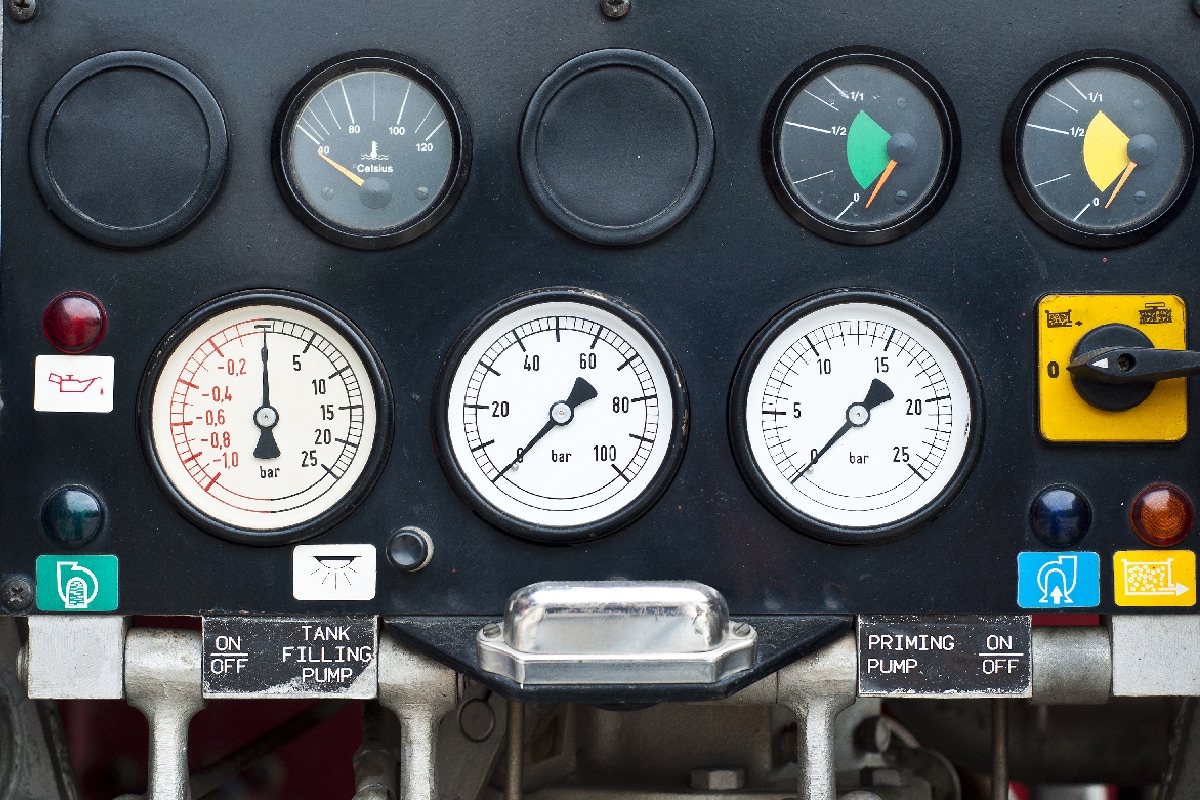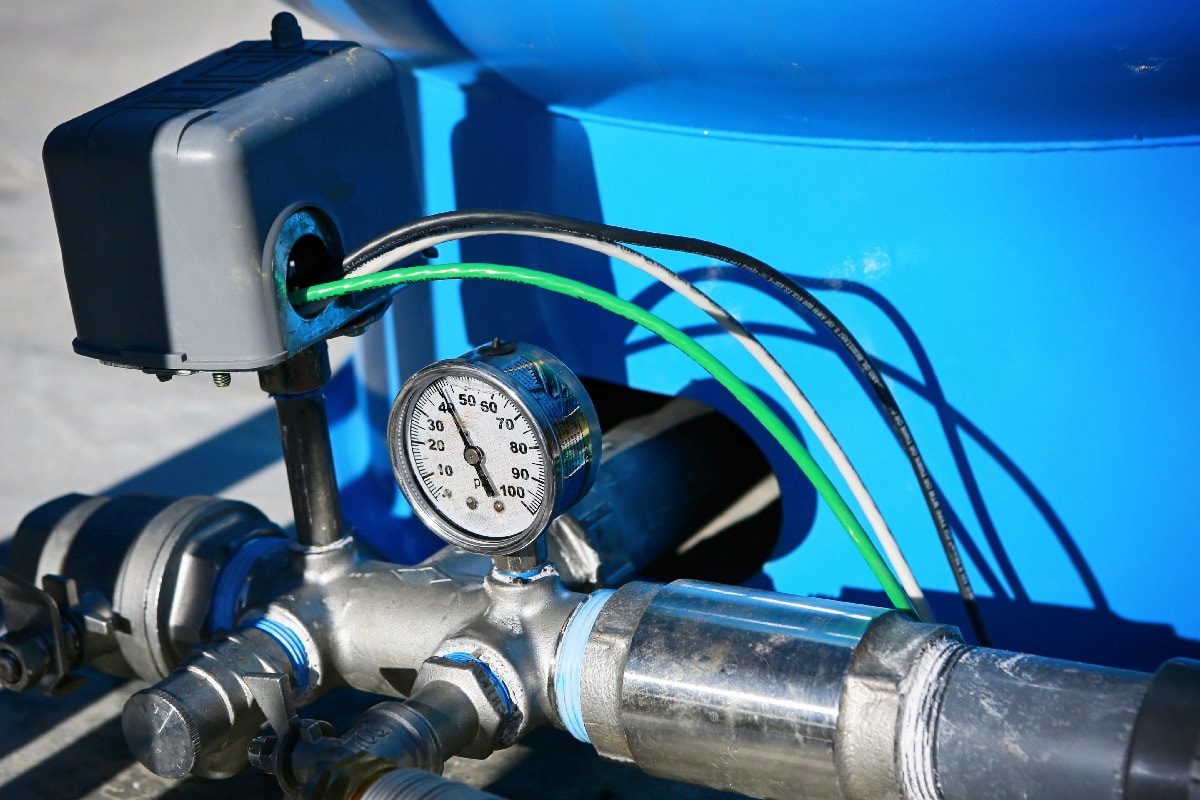Sometimes you need to adjust your well pump pressure adjustment switch. This is especially necessary if the water pressure from your showers or faucets is too low or high. But as you look over your pump and its pressure switch, you may get confused about which nuts to turn. So how do you adjust the switch? Well, it's pretty easy, so read on to get the information we researched for you.
Pressure switches have two operating points you can adjust: the cut-in and cut-off pressures. The cut-in point is for falling pressure, while the cut-off point is for rising pressure. To successfully set both of them to the setting you desire, follow these steps:
- Shut down your pump.
- Remove the pressure switch cover.
- Note the distance between the nut and stud top.
- Rotate the pressure switch nuts.
- Check if the switch is at your desired pressure point.
Are you still confused about how to perform the steps mentioned? Don't worry—read more to get details that will help you. However, if you finish adjusting the switch but there's still no improvement in your pump's pressure, the pressure switch may be faulty. That's why we've incorporated a list of things you should do if your pressure switch has a problem.
![A pump line with pressure switch and pressure gauge, How To Adjust The Pressure Switch On A Well Pump [Step By Step Guide]](https://hvacseer.com/wp-content/uploads/2022/10/How-To-Adjust-The-Pressure-Switch-On-A-Well-Pump-Step-By-Step-Guide.jpg)
Guide For Adjusting Well Pump Pressure Switch
The cut-on and cut-off settings ensure that your pump is providing the right amount of temperature. The cut-on pressure point is the lower pressure level.
If your well's water pressure drops below this cut-on point, the switch activates to increase the pressure again.
Meanwhile, the cut-off point is the higher pressure your pump is set to provide. Once your pump reaches this pressure point, it switches off again to regulate the pressure.
If you find that you need to change these cut-in and cut-off pressure points, you will need to adjust your pressure switch by doing the following:
1. Shut Down Your Pump
Before starting any adjustments or touch-ups for your pump, shut it down. Do this by switching off the pump through your power supply or breaker.

Disconnect the power as a safety precaution against electrocution. Additionally, it will help prevent any damage to your appliance and switch.
2. Remove The Pressure Switch Cover

Use a screwdriver or a screw gun to remove the cover of the pressure switch. This cover holds the pressure switch in place, so you must unscrew it first to access the switch's nuts. Then lift it off from the pressure switch.
Click here to see this screwdriver on Amazon.
3. Note The Distance Between The Nut And Stud Top
After you remove the pressure switch's cover, you should see two spring-loaded nuts. These are what you should adjust.
Measure the distance between the exposed part of the nut's top to the top of the stud. Then copy the measured distance in inches or millimeters so you can turn it back to this setting if you need to start over.
4. Rotate The Pressure Switch Nuts

Afterward, you can adjust the nuts using a 3/8 nut driver or socket. The large center nut is what controls the pressure switch's range.
If you tighten this nut, the capacity of the cut-in pressure point will increase. Meanwhile, the smaller nut can adjust the differential between the cut-in and cut-off levels.
To increase the cut-in range, rotate the large nut clockwise; to decrease it, turn it counterclockwise.
Don't worry about adjusting the cut-off value after doing this, as changing the cut-in pressure setting will also automatically adjust the cut-off pressure setting.
You may also rotate the small nut clockwise or counterclockwise to add or decrease the differentials between your cut-in and cut-off level.
For instance, after turning the large nut clockwise, the cut-in value will increase to 40 psi from 30 psi, and if you adjust the small nut clockwise, there will be an increase in the cut-in value to 45 psi from 40 psi.
Typically, one complete turn of the nut amounts to 2-3 psi, so you should keep this in mind to estimate how many times you'll have to turn the nut.
Check out this nut driver on Amazon.
5. Check If The Switch Is At Your Desired Pressure Point
Closely observe your pump to check if it's providing the pressure you set. Remember that you can only read the pressure switch adjustment after the pump has reached its first cut-off point and shuts down.
If the pump cuts in and off according to how you set it, it should work fine. Readjust the pressure switch if the cut-in and cut-off levels are not as desired.
How To Test If Your Well Pump Pressure Switch Is Faulty

If you've already tried adjusting your pressure switch settings and nothing changes regarding the water pressure it provides for your home, your pressure switch may be the problem.
However, you can't immediately rule it out to this, so here are some of the signs that will help you determine if this is the issue:
- The pressure went above its cut-off setting but didn't turn off.
- The water pressure is lower than the cut-on setting but doesn't turn on.
- Your pump is set on an average pressure setting, but the water pressure in your home is too low.
- The pump immediately cycles on and off even when it's running.
How To Troubleshoot Well Pump Pressure Switch
You can troubleshoot your pressure switch yourself before getting a technician to help you. But before doing so, ensure you've shut down your pump through your main circuit breaker. Afterward, check for these:
- Check if there are electrical connection issues. Unlike other troubleshooting steps, you should do this with the power supply of your pump turned on. Bang a screwdriver handle on the tube where the well pump switch is. If it creates a spark, your pressure switch has electrical connection problems. Turn the power off and open the contacts to file down corroded sections with a file.
- Clean the pressure sensor. The switch pressure sensor may have clogs from water sediment and iron bacteria. That is why you must clean the tube that connects the switch and the water supply.
- Look for leaks. If the water leaks into the pressure switch's housing, it may be what's causing the problem. Resolve the leaks to fix the issue.
- Check if the pressure switch's spring is tightened. If the spring is too loose, it may be why there's a lack of water pressure. To check for this, run your faucet as you let the pump complete one cycle. If the switch doesn't turn on after, the spring must be what needs to be fixed and tightened enough.
If your pump's pressure switch still doesn't work after this, it's time to call for a professional to help you.
Click here to check out this pressure switch on Amazon.
What Is A Good Water Pressure Setting For A Well Pump?
Well pumps should generally range between 30 to 60 psi cut-in and cut-off points. You can also have a 55 psi cut-off range, which is typically a reasonable setting range for your appliances.
Setting your pump pressure in this range will give you the water pressure you need for your shower and faucets.
If you adjust your pump lower than this, you may only have dribbles of water coming out. However, anything above this range may damage your pipes, fittings, and switches.
How Much Is The Repair Cost Of A Pressure Switch?
A pressure switch repair typically costs about $120 to $175, including the labor price for the technician. Excluding labor would cut it down to $20 to $40. If your pressure switch isn't the only one that needs fixing, the general repair cost can range from $347 to $1,499.
How Long Do Well Pump Pressure Switches Last?

There's no exact time frame for how long pressure switches last for your pump, so regular cleaning is needed.
Some owners even replace these switches yearly to ensure that their well pump functions properly. This is due to the pressure switches failing much sooner than expected. You should call your pump contractor for a replacement for this issue.
In Closing
Adjusting the pressure switch of your pump is quick and easy. Make sure you disconnect its power, open its cover, note the distance between the top nut and stud, and rotate the spring of the nuts according to how you want to set your pressure settings.
Furthermore, you should monitor your pump to see if it provides your desired water pressure. If it doesn't, you may try adjusting the switch or check if the pressure switch itself is faulty.
Before you go, here are other articles that can help you out:
How To Insulate A Well [Inc. Head, Pump, Pit And Line]
Why Is There No Hot Water Pressure In House [But Cold Water Pressure Is Fine?]



